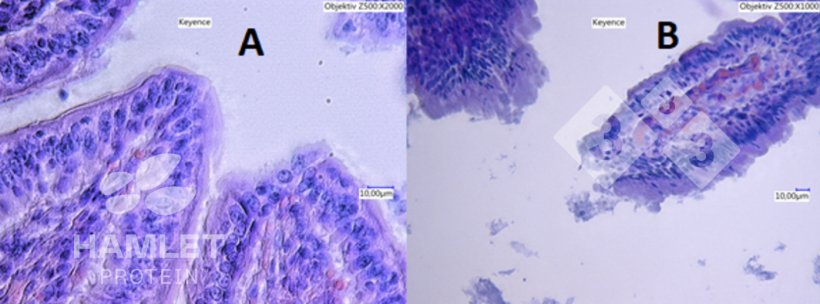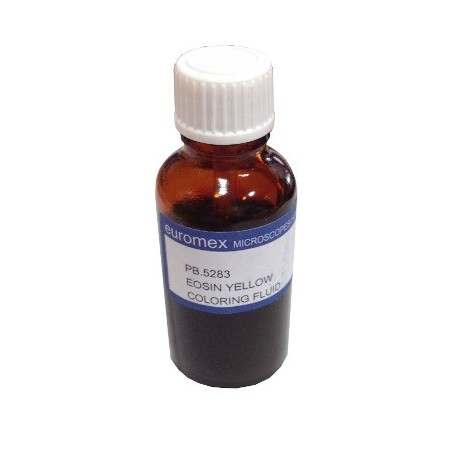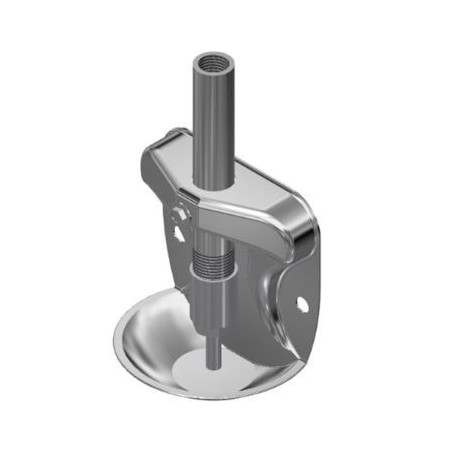Feed costs contribute to more than 70% to total swine production costs. In the first months of 2022 these costs have risen strongly due to low crop yields in South America, the uncertainty about export of grain from the Black Sea area and rising energy costs. Rabobank estimates in its latest quarterly report that feed costs have increased by 20% compared to last year, but that they will continue to rise (figure 1) even more. Consequently, producers are tempted to remove everything from the feed formulation that is considered redundant. An additional complicating factor for nursery diet formulation is that the ban on pharmacological levels of ZnO becomes effective in June for the entire EU. This article aims at describing the importance of good quality protein to formulate a simple (clean) nursery diet and to reduce the dependency on gut health-improving feed additives while maintaining feed efficiency even without high levels of ZnO.

The foundation of every nursery diet: highly digestible proteins
Nursery diets make up the smallest volume in swine feed but are often unnecessarily complex and expensive. It has been shown that simple diets in the nursery phase do not necessarily have a negative impact on final slaughter weight or meat quality. Key to success is the use of highly digestible, premium quality protein sources. Weaned piglets have limited enzyme activity and are therefore restricted in what proteins they can digest. Nevertheless, their amino acid requirement per energy unit is high as protein deposition is prioritized in this phase so nursery diets need to be denser in protein. If their protein and amino acid requirements are fulfilled with ingredients high in antinutritional factors (ANFs), the cost of these ingredients is low, but the digestibility of these ingredients is very limited, increasing the risk of post weaning diarrhoea and dysbiosis.

Antinutritional factors cover a range of substances (like stachyose, raffinose, trypsin inhibitors, and β-conglycinin) which reduce the digestion of some nutrients and trigger an inflammatory response resulting in chronic inflammation of the gut, poor digestion, and low performance. Especially soy has a high antinutritional factor content. It is well known that growth performance and intestinal health of piglets are impaired when diets with high amounts of anti-nutritional factors from soy are fed (figure 2). So, the use of non-treated or only heat-treated soybean meal not only leads to reduced performance but also increases the need for gut health improving solutions like feed additives or treatment with antibiotics. What started off as an economic benefit ends up being an expensive solution to the swine producer.

Using animal proteins in nursery diets
Many nutritionists therefore opt to avoid antinutritional factors by including high levels of animal protein (not containing any plant derived antinutritional factors) like whey protein, fishmeal and spray-dried porcine plasma in nursery diets. Whey protein and fishmeal are probably the most used animal protein sources in nursery diets since they are rich in amino acids and are highly digestible.
Spray-dried porcine plasma (SDPP) is highly palatable and has been shown to induce feed intake and supply immunoglobulins. The benefits of including SDPP in nursery diets are well described by several authors. It is however becoming difficult to incorporate animal proteins in nursery diets due to limited availability and high cost price. In swine nutrition, therefore, a trend can be observed to include more and more processed protein sources of vegetal origin that have the benefit of being highly digestible and low in antinutritional factors, but not so costly.
Reducing feed cost using vegetal protein sources
Soy has a unique amino acid profile but can only be used for young piglets once it is processed correctly to reduce antinutritional factor content. There are different techniques to reduce antinutritional factors in soybean meal with varying antinutritional factor content as a result. The development of these so-called soy specialty proteins has made it possible to replace animal protein partly or completely in nursery diets without compromising animal performance or health. One example of such a soy specialty protein is enzymatically treated soybean meal (ESBM). Research has shown that ESBM can replace fishmeal or SDPP in nursery diets without compromising performance.
In the current situation of extremely high feed costs, it is recommended to have a careful look at the complexity of nursery diets and bring them back to the essence starting with highly digestible good quality protein ingredients. The choice of highly digestible protein sources is very important when trying to reduce the complexity of a nursery diet, reducing the dependance of (gut)health improving feed additives while not compromising animal health and performance at the same time. Special attention should be given to the antinutritional factor content to minimize detrimental health effects and stimulate growth performance of weaned piglets.







